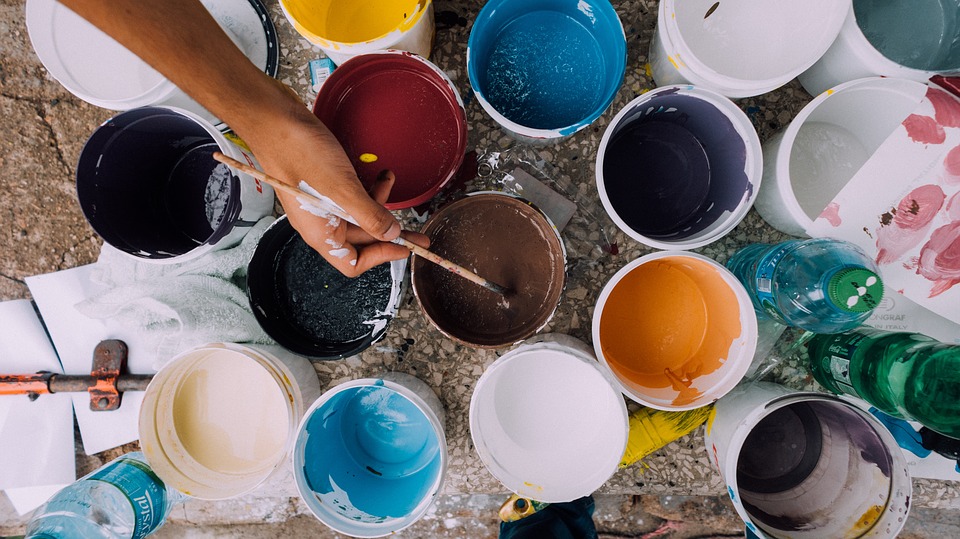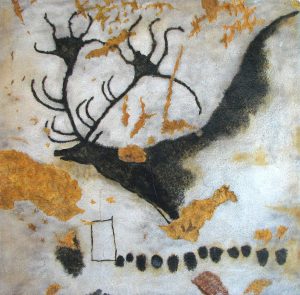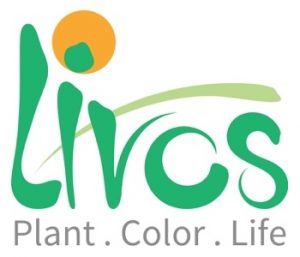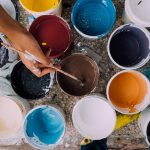We use cookies to make your experience better. To comply with the new e-Privacy directive, we need to ask for your consent to set the cookies. Learn more.
What are Natural Paints?

Paint – Look beyond the colour
The properties that we desire in paint - such as durability, dispersion, resistance to fungus and vibrant colour - are unfortunately generally achieved by the use of man-made chemical additives. The constituents of most paints may include formaldehyde, heavy metals and volatile organic compounds - or VOCs for short (those VOCs are partially responsibe for that 'new' smell). They are given out while painting - and in some building products they last for up to five years after the job was done. Prolonged exposure to some VOCs can be damaging - but not all VOCs are dangerous.
Brief History of Paint
As long ago as 38,000 B.C., people used paint made from soot, earth, and animal fat to adorn the walls of their caves. At the end of the 1200s, English house painters formed guilds to protect trade secrets. Most house paints used

either oil or water as a base. Some colours worked better in oil, while water suited others better. Cost and durability were also part of the water-or-oil equation. Painters tended to use water-based paints on ceilings and plaster walls; oil paint was best for decorating joinery. Lead was (and still is in some countries) added to paint to speed up drying, increase durability, maintain a fresh appearance, and resist moisture that caused corrosion.
During World War II, linseed oil became scarce. In response to this shortage, chemists mixed alcohols and acids to make alkyds (artificial resins). These synthetics were cheap to make, lasted a long time, and excelled at holding colour. A cocktail of chemicals was being spread around all our houses, hospitals, schools and work-places.
Why use Natural Paint?
- Natural paints are free of synthetic chemicals and are biodegradable.
- Natural paints are either free of petrochemical ingredients or use small amounts of cleaned petrochemicals approved for food production.
- Natural paints are made with raw ingredients such as plant extracts, linseed oil, earth minerals and mineral pigments.
- Natural paint will improve building health. They are breathable and contribute to a positive room climate.
Livos - the worlds first manufacturer of natural paint.

Livos was created in 1974 in Germany when a group of scientists and technicians began researching the use of plant compounds (phytochemicals) to create high quality paints and varnishes as naturally as possible.
- Since 1984, Livos has openly declared all ingredients
- Livos offers a variety of all-natural, non-toxic, biodegradable products, ranging from surface treatments to cleaning and maintenance products. These products make no contribution to global warming.
- Livos products are based on renewable raw plant materials that are often organically sourced and never tested on animals.
- Livos uses around 150 natural raw ingredients in their plant based oils and paints. (Click HERE to see the list). This compares to around 15,000 ingredients used in synthetic chemical finishes.
- Livos products are easy to use – they're not just for professionals. They are suitable for DIY use, even for people with chemical sensitivities (although we recommend testing beforehand).
- Across the full life cycle of Livos products – manufacturing, application, use and disposal – there are no harmful health effects.
- Livos products are fully biodegradable. They contain only natural raw materials for which nature has the right enzymes or micro-organisms to degrade the molecules into non -toxic particles. Products labelled simply "degradable" only break down into smaller particles. One of the many problems associated with this partial breakdown is that the particles get trapped in the gills of fish, causing destruction and contamination of waterways.
- The basis of Livos products are renewable raw materials that are ecologically grown to meet Livos’s needs and standards. By using renewable raw materials, they protect the environment and encourage sustainable agriculture.
- All Livos containers, whether glass, tin or plastic, can be recycled.
- Items covered with Livos products can be easily recycled or reused - especially wood.
Solvent
Livos has a range of products containing no solvents, or extremely low amounts of solvent. However, the critical factor is not so much the amount of solvent as the type.
As well as plant based solvents, Livos uses synthetic solvents such as Isoaliphates. These are also used in the pharmaceutical and food industries. 95% of these solvents dissipate within the first hour of application. Once dried, there is no further “off gassing” as occurs with many synthetic chemical products. Using these solvents improves indoor air quality and causes no ozone-depleting emissions.
Interested? - Then click to read about Livos wall paints and Livos Wood care products.

